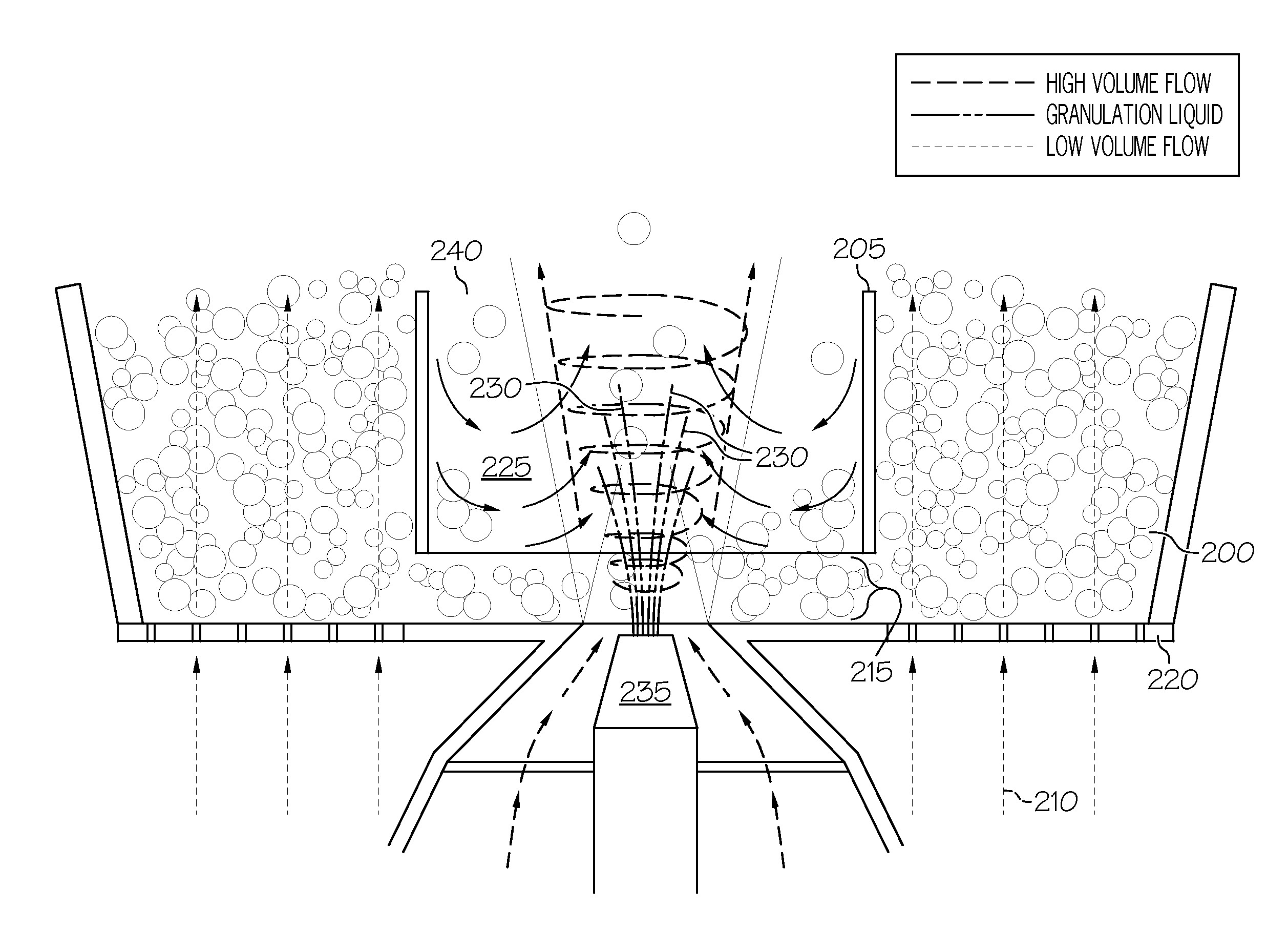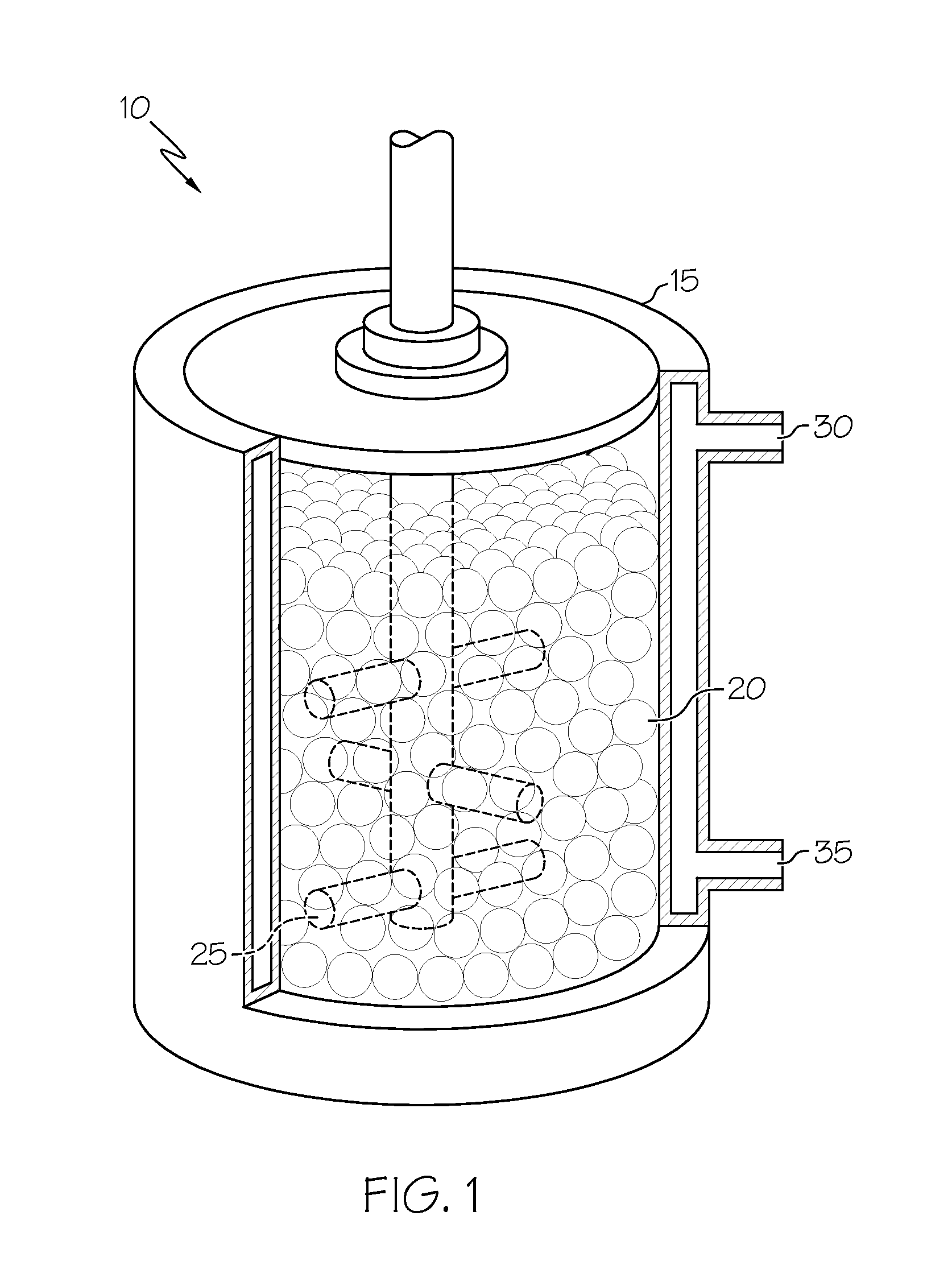Method of making Nd-Fe-B sintered magnets with Dy or Tb
a technology of ndfeb and dy or, which is applied in the field of making ndfeb sintered magnets with dy or, can solve the problems of reducing the use of dy or tb in permanent magnets, affecting the performance of permanent magnets, and being much more expensive than dy
- Summary
- Abstract
- Description
- Claims
- Application Information
AI Technical Summary
Problems solved by technology
Method used
Image
Examples
Embodiment Construction
[0015]Magnets made using the present process use much less Dy or Tb than those made using the conventional methods while obtaining similar magnetic properties. In the present process, the Dy or Tb coated Nd—Fe—B powders are used to make the magnet, which results in a non-uniform distribution of Dy or Tb in the magnet, which can be seen and measured using a scanning electron microscope with a microprobe. This enables the present process to use much less Dy or Tb for the similar magnetic properties. For example, the amount of Dy and / or Tb can be reduced by about 20% or more compared to conventional processes, or about 30% or more, or about 40% or more, or about 50% or more, or about 60% or more, or about 70% or more, or about 80% or more, or about 90% or more. By non-uniform distribution, we mean that Dy and / or Tb are distributed or concentrated at the interface of the powder particles, with little or none inside the particles.
[0016]The process involves coating the Nd—Fe—B based powde...
PUM
| Property | Measurement | Unit |
|---|---|---|
| thickness | aaaaa | aaaaa |
| weight | aaaaa | aaaaa |
| thickness | aaaaa | aaaaa |
Abstract
Description
Claims
Application Information
 Login to View More
Login to View More - R&D
- Intellectual Property
- Life Sciences
- Materials
- Tech Scout
- Unparalleled Data Quality
- Higher Quality Content
- 60% Fewer Hallucinations
Browse by: Latest US Patents, China's latest patents, Technical Efficacy Thesaurus, Application Domain, Technology Topic, Popular Technical Reports.
© 2025 PatSnap. All rights reserved.Legal|Privacy policy|Modern Slavery Act Transparency Statement|Sitemap|About US| Contact US: help@patsnap.com



